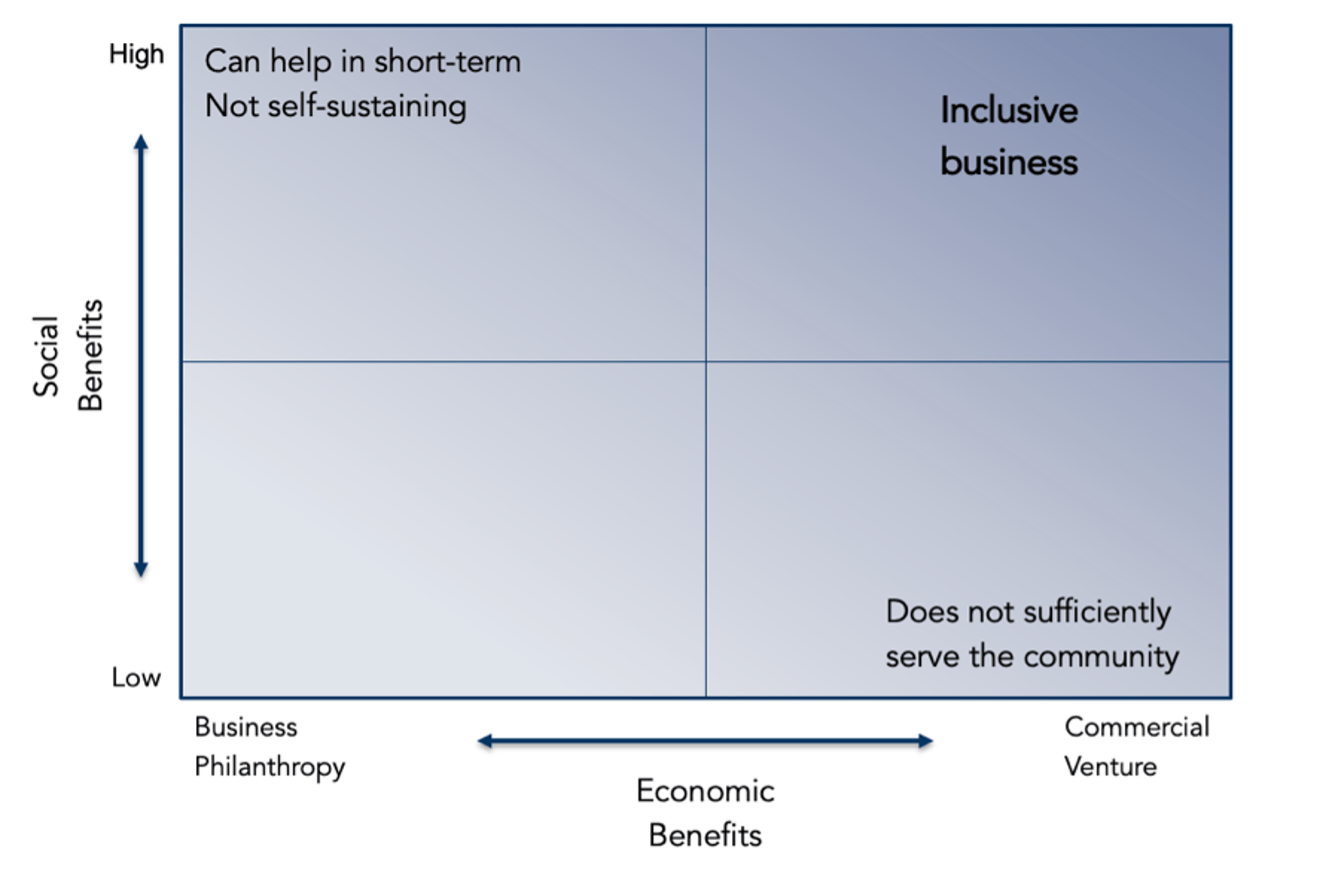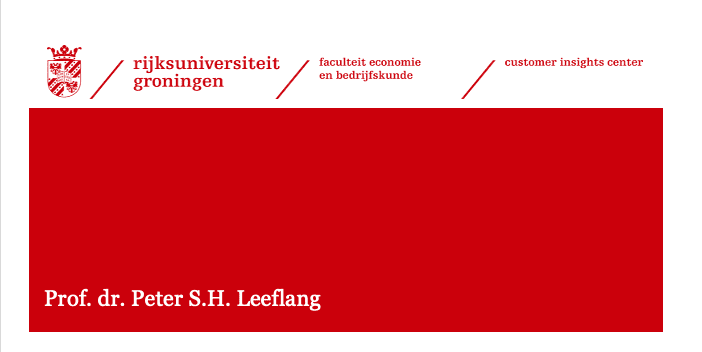Summary:
The transition around sustainability and inclusiveness will also start to take place within healthcare. However, due to a lack of research, knowledge and practical guidelines for realising the transition are mostly lacking.
The Next Organisation (TNXTO) has researched the status regarding inclusiveness in healthcare. A better understanding of the current situation is essential to move towards a sustainable and more inclusive healthcare system. In this survey, the majority of respondents indicated that inclusiveness is an aspiration within the organisation. However, a real transition to inclusive operations is still outstanding, with the lack of knowledge and 'know-how' proving to be the thorny issue. To further facilitate the transition to a more inclusive organisation, information on how to make the transition and a roadmap are important.
More and more organisations are exploring inclusive business models as part of CSR.
The increased demand for sustainable business models reflects the growing focus on sustainability and corporate social responsibility (CSR). A key issue when it comes to sustainable business models is inclusivity and the associated inclusive business model (IBM). Inclusiveness and IBMs are part of social sustainability, which alongside economic and environmental sustainability, one of the three aspects that are fringe prerequisites for a sustainable business model.
An IBM creates value for society. But even though inclusiveness and IBMs are gaining popularity, inclusive organisations are still currently rather the exception than the norm. This is particularly true within the healthcare sector, where research on inclusive transition is scarce.
As TNXTO, we have research done to the current status regarding inclusiveness, specifically at organisations in healthcare. Three main questions are central here; what does inclusivity mean in this sector, to what extent is a transition to inclusive business practices taking place and what are the main motivation, barrier and success factors for a transition to an IBM?
The ultimate goal of this study is to arrive at an inclusiveness benchmark for the healthcare sector. A better understanding of the current state of affairs in this sector will help define action points and thus move towards a more sustainable and inclusive healthcare system.
Inclusivity in healthcare sector is about engaging patients, employees and society.
The term inclusivity originated in the 1990s and many different definitions of inclusivity and IBMs have been formulated over the years. The hallmark of an IBM is that organisations do not focus exclusively on profit maximisation, but also added value or development opportunities create for the society. Contributing to social development is part of the business model and thus at the core of the organisation.
To accomplish transformation, the first thing is to understand what inclusivity means in the healthcare sector.
Respondents indicate three themes. Involving everyone as an organisation is the most frequently mentioned theme and is seen as the most important element of inclusivity. The emphasis here is on involving the entire society and not just the organisation's employees. Specifically, involving all layers of society in the production process/providing the required care and including all layers of society as consumers/patients.
The other most frequently mentioned themes are "having a positive impact as an organisation" and "collaboration between different parties and people".

Figure 1: Illustration of how social and economic benefits converge in an inclusive organisation. Source: WBCSD (2011)
Willingness for a sustainable transition is in place, actual transition remains a challenge.
As mentioned earlier, a shift towards more sustainable, inclusive business models is taking place. One element of benchmarking, after identifying what is meant by inclusivity, is to assess the extent to which this transition is also taking place in this sector. Over 70% of respondents indicate that inclusivity is part of the objectives of the organisation, or at least is a focus of attention. Although inclusivity is an objective for most organisations, it appears that the actual realisation of an IBM by many of the organisations surveyed still not realised is. The missing of an IBM but naming inclusiveness as an objective may mean that organisations in this sector do have a transition is taking place or about to take place. Respondents were therefore asked to what extent they are actually making the transition to an IBM. The vast majority of respondents indicated that they are not actively working on this yet. Only a few respondents indicated that they are working on becoming more inclusive.
Changing zeitgeist is key motivation, clear vision essential.
To make the transition to an inclusive business is motivation from the organisation and management fringe. This can be internally or externally driven. The three most commonly cited motivations in the literature are; generating new revenue streams, contributing to a positive development of society and external pressure from customers and other stakeholders.
The most frequently cited rationale among respondents for moving to inclusive business practices is that an IBM is a better fit for the current zeitgeist. They then cite CSR, good image, increasing market share and making a positive contribution to society as motivations.
Looking at barriers almost gives 80% of respondents said they experienced them when transitioning to an IBM. The lack of knowledge on how to make a transition is the most frequently mentioned barrier. More than one-third of respondents indicated that this was the main barrier is. Lack of clarity or understanding about the steps to be taken towards inclusiveness and an IBM may be a reason why it appears that inclusiveness is an objective but the actual transition is not yet clearly taking place.
Besides the main motivations and barriers, we look at the factors that contribute to a successful transition to an IBM, the so-called success factors. The most frequently mentioned success factor is a clear vision within the organisation to which everyone commits.
Next steps
To further promote and facilitate the transition to a more inclusive organisation, developing a roadmap is essential. This creates greater clarity in the steps to be taken for and by the organisation. Then, a practical action plan helps to realise the transition to a more IBM and sustainable healthcare system.
Contact us
The Next Organisation has extensive experience in guiding organisations to optimise its business model. Would you like to make an inclusive transition with your organisation or help in shaping its strategy and implementation? Then take contact us.
Courtesy of:




